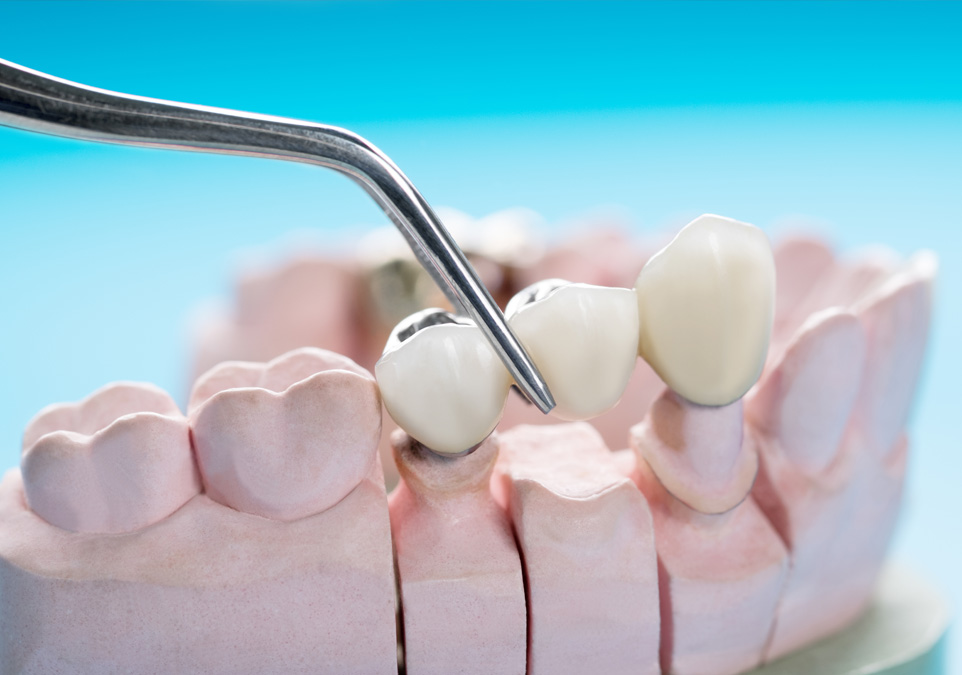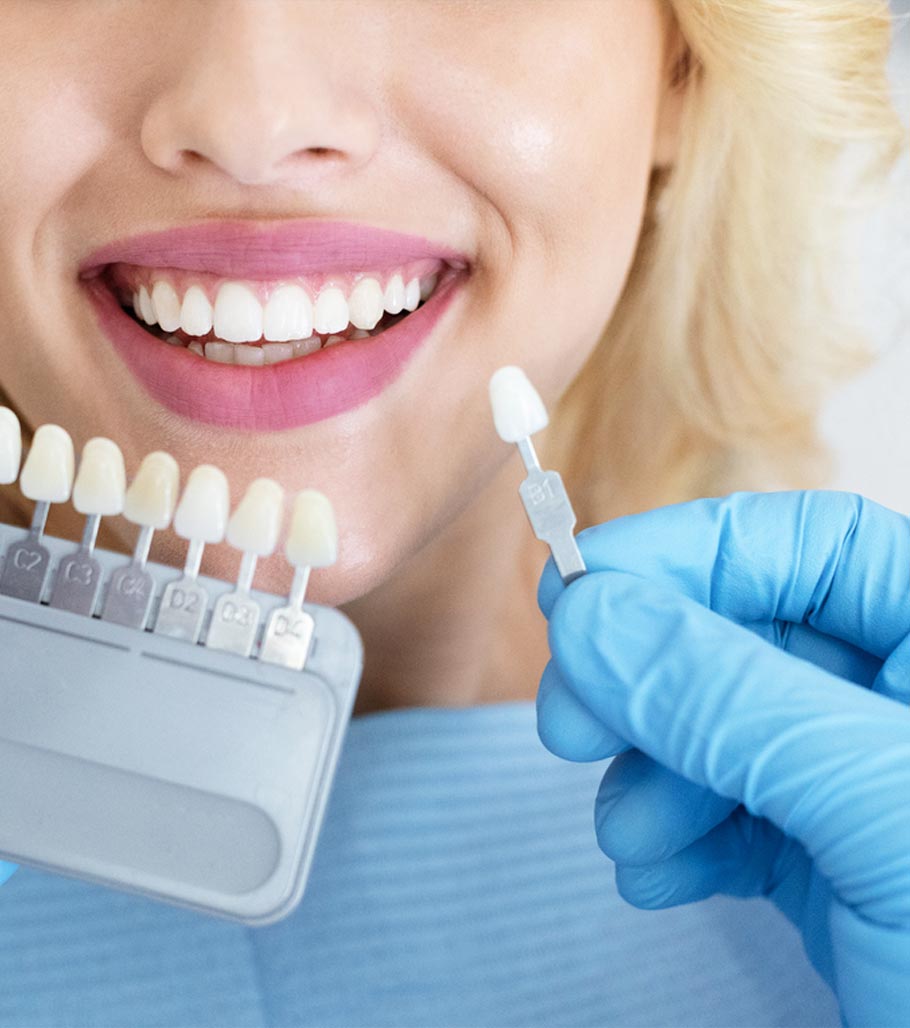Dental Crowns

What Are Dental Crowns?
Dental crowns are a “cover” that is placed over a damaged tooth to restore it to its former function. If caught early, tooth decay can often be addressed with cleanings and fillings. However, once it reaches a certain point or the tooth receives a more substantial amount of damage, a crown might be your best option.
A crown looks like a “cap” that is placed over the target tooth. Once set, it should be indistinguishable from the teeth around it in shape and color. They are customized to fit your mouth and can be made from a range of materials. They not only protect your tooth from further damage, but they restore your smile.
What Are Dental Crowns Made Of?
Metal
Porcelain
Resin
BruxZir Crowns
In addition to the above materials, there is a new option available. The BruxZir crown is composed of solid zirconia. It has a strength that surpasses even porcelain but also holds up well to chewing and resists chipping.
BruxZir crowns are an excellent choice for applying to visible teeth because they can closely match your natural tooth coloring.
BruxZir Crown Benefits
This unique material blends the best aspects of several other materials. It has the strength of porcelain and the longevity of metal without either material’s drawbacks.
It won’t chip like porcelain. And, unlike metal crowns, it is not prone to warping over time. When properly cared for, you can expect BruxZir crowns to last 10-15 years.
BruxZir Crown Drawbacks
In exchange for the strength and durability of BruxZir crowns, they have an abrasive effect on the teeth around and opposite them.
During your appointment, as about BruxZir crowns and if they are right for you. We’ll look at your situation and work with you to determine a dental plan that matches your needs.

Do I Need Dental Crowns?
- You have a weakened tooth that needs to be held together.
- Your tooth is severely worn down or broken.
- A tooth has a large filling and little amount of tooth left.
- Some teeth are misshapen or discolored.
You need to cover
- A root canal treated tooth
- Dental Implants
- Bridges
Dental Crown Process
Receiving a dental crown is usually a two-step process.
Your first visit is all about preparation. We take X-Rays and inspect the tooth to see if a crown is suitable. In some cases, a root canal might first be required. We file the tooth down so it can be covered with the crown. Then, we take an impression of the tooth. This is then sent to the lab, where we manufacture a unique crown that matches your tooth. In the meantime, you may receive a temporary cap while you wait for the custom-made crown.
The second visit is where you will receive your crown. Typically, local anesthetic is enough to ensure a comfortable experience. However, we do offer sedation dentistry in cases where it is necessary. Speak with Dr. Patel about your options.
Recovery
The good news is that recovery is quite straightforward. Your teeth will need a small amount of time to heal afterward, so it is normal for you to experience some sensitivity – especially to hot and cold. Additionally, you may experience soreness in the gums surrounding your crowns, though this is usually manageable with ibuprofen and should subside within a few days.
Most patients can return to work immediately. However, we still recommend that you follow Dr. Patel’s care instructions following the procedure.
Schedule an Appointment Today
If you have a tooth that’s been damaged by decay or injury, a crown may be what you need to protect that tooth. Schedule an appointment today to learn about your treatment options. Quick action can save both your tooth and your smile.
If you have any questions or concerns, the staff at My Anaheim Dentist is here to help. During your appointment with Dr. Patel, he will provide you with all the information you need about your treatment options.
